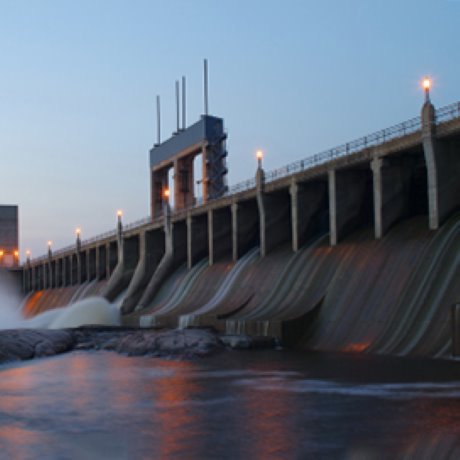The Site C Clean Energy project near Fort St. John, B.C. has been granted environmental approval by federal and provincial officials.
However, the province must still decide whether or not to proceed with the project. If fully approved, the project would have to comply with conditions and obtain provincial permits.
A number of prominent construction associations are part of group of nine B.C. business organizations that collectively praised the government’s actions and urged them to move the project forward.
They cited the growing demand for electricity and the project’s benefits.
The group includes the B.C. Construction Association, B.C. Road Builders and Heavy Construction Association, Independent Contractors and Business Association of B.C. and B.C. Construction Association – North.
Rosalind Thorn, president of the B.C. Construction Association – North voiced her support.
"As a regional association representing construction-related contractor and supply firms whose home bases are in the northern two-thirds of the Province of British Columbia, we fully appreciate the impact that this project will have on the economic development of our region and the province as a whole," she said.
Jack Davidson, president of the Road Builders noted that the project will help B.C. meet its growing need for electricity with a clean and renewable source of power.
"Only with a strong and growing economy can government deliver the important services we need such as health care, education and social services," he said.
The environmental approval came with 77 legally-binding conditions that BC Hydro must meet.
These included:
- Establish a fund of $20 million to compensate for lost agricultural lands and activities;
- Develop protocols for application of construction methods, equipment, material and timing of activities to mitigate adverse effects to wildlife and wildlife habitat;
- Build 50 rental units in Fort St. John;
- Design the installation and use of a trap-and-haul facility as part of a fish passage management plan; and
- Monitor greenhouse gas emissions from the reservoir for the first 10 years of operations;
The site is about seven kilometres southwest of Fort St. John.
Subject to approvals, site preparation activities would start in January 2015.
The $7.9 billion Site C project would be the third dam and hydroelectric generating station on the Peace River in northeast B.C.
It would provide 1,100 megawatts of capacity and produce about 5,100 gigawatt hours of electricity each year – enough to power the equivalent of about 450,000 homes per year.
According to BC Hydro, Site C would be a source of electricity in B.C. for more than 100 years.
"This is a significant milestone for the Site C project. After a rigorous environmental assessment process, the project has received environmental approval," said Susan Yurkovich, BC Hydro’s executive vice-president responsible for project.
The environmental assessment process began in 2011 and included multiple years of studies to assess potential project effects and develop mitigation measures.
BC Hydro filed more than 29,000 pages of evidence and responded to more than 7,000 information requests from the public, Aboriginal groups, government agencies, communities and stakeholders.
In addition, regulatory agencies undertook multiple consultation periods, culminating in a two-month public hearing process held by an independent joint review panel.
"BC Hydro will carefully reflect on the conditions and ensure that plans are in place to fully meet all of the conditions set out by the federal and provincial governments," said Yurkovich.
By relying on the existing Williston Reservoir for water storage, Site C would be able to generate about 35 per cent of the energy produced at the W.A.C. Bennett Dam, with only five per cent of the reservoir area.
The project would create about 10,000 person-years of direct employment during construction and about 33,000 person-years of total employment through all stages of development and construction.
Activities during construction would result in approximately $179 million in provincial revenues, and about $270 million in revenues for the federal government.
Offers of accommodation have been made to all of the First Nations that the independent Joint Review Panel determined to be significantly affected by the project.











Recent Comments
comments for this post are closed